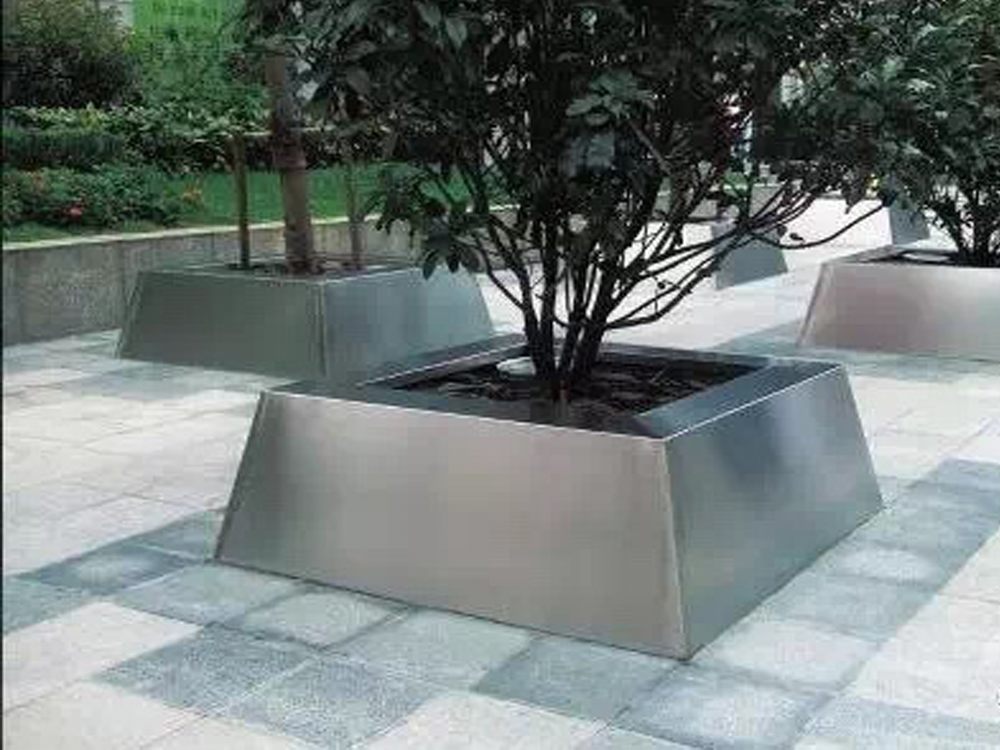
Bronze sculptures are not just visually striking; they also play a subtle yet significant role in shaping the acoustics of indoor atriums and lobbies. Their dense, metallic composition interacts with sound waves in unique ways, often enhancing reverberation and reflection.
When placed in large open spaces like atriums, bronze sculptures act as sound diffusers, breaking up echoes and preventing harsh acoustic effects. Their irregular surfaces scatter sound waves, creating a more balanced auditory environment. In lobbies, strategically positioned sculptures can direct sound, improving speech clarity or softening ambient noise.
The mass and thickness of bronze also absorb low-frequency sounds, reducing bass buildup that can muddy acoustics. Architects and designers often collaborate with sculptors to integrate these pieces not just as art, but as functional acoustic elements that complement the space's sonic profile.
Modern atrium designs increasingly consider this dual purpose, selecting sculpture placements that optimize both visual impact and sound quality. From abstract forms to figurative works, each bronze piece contributes its own acoustic signature, making every space's soundscape as unique as its visual aesthetic.

